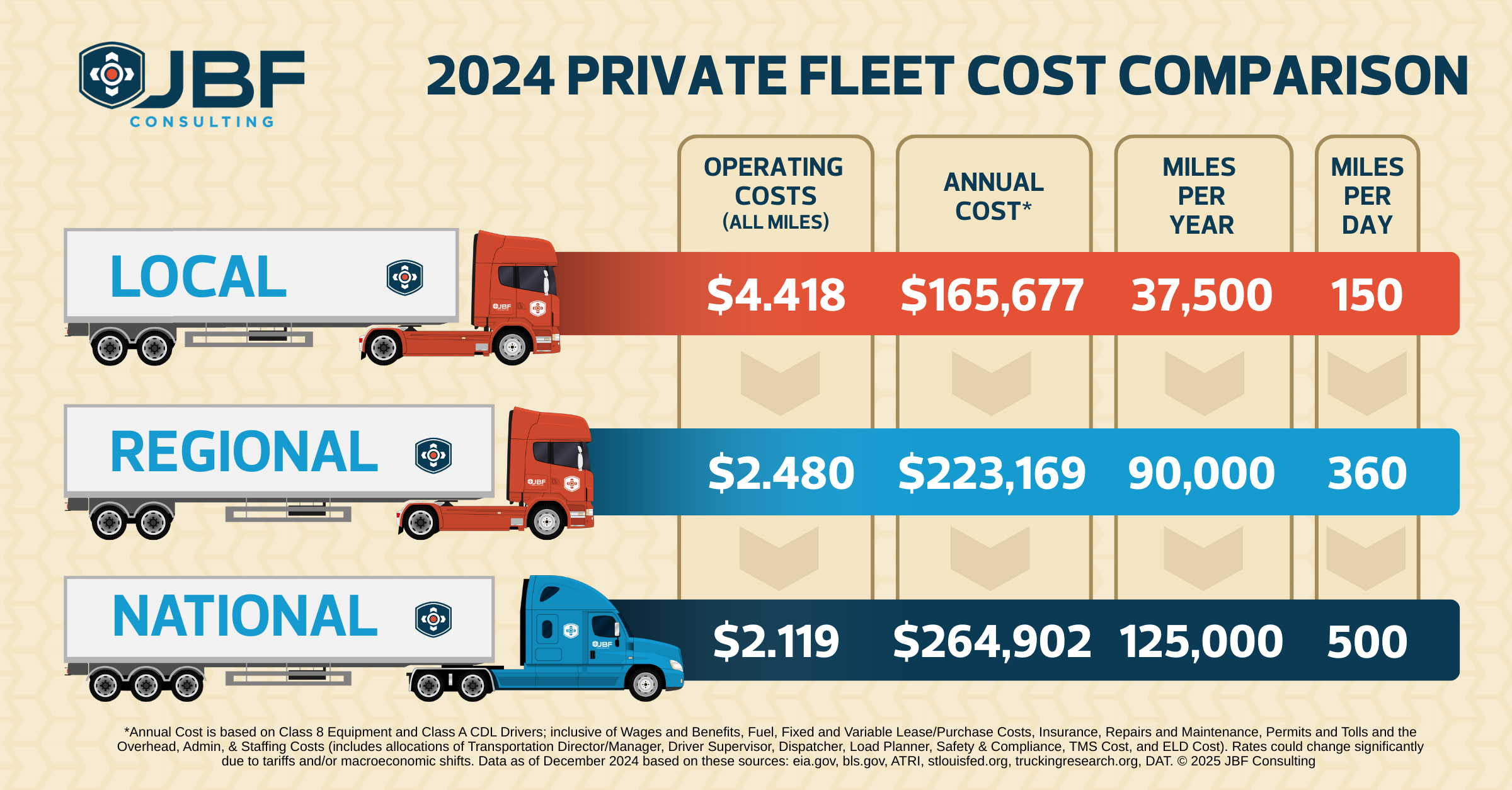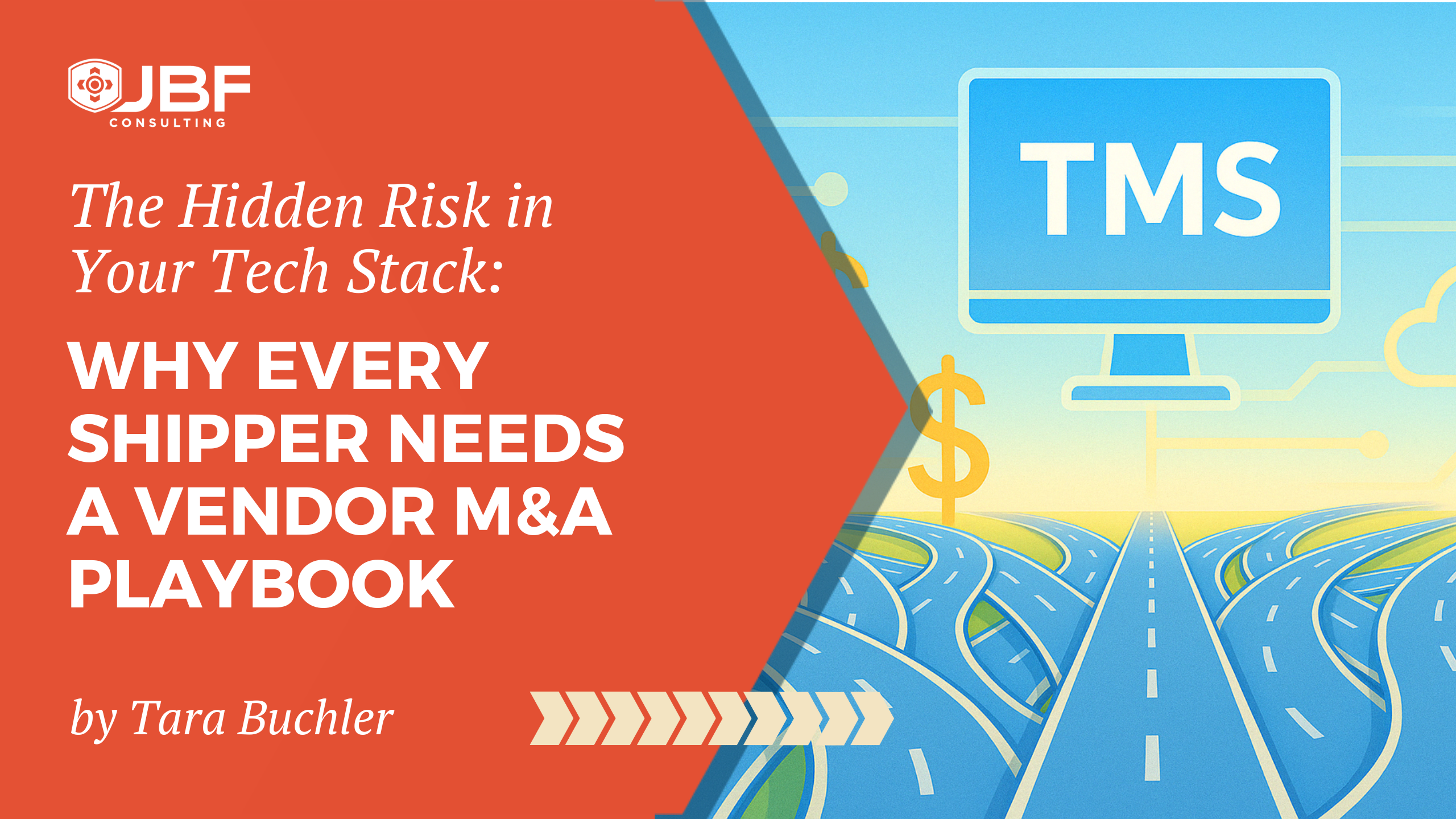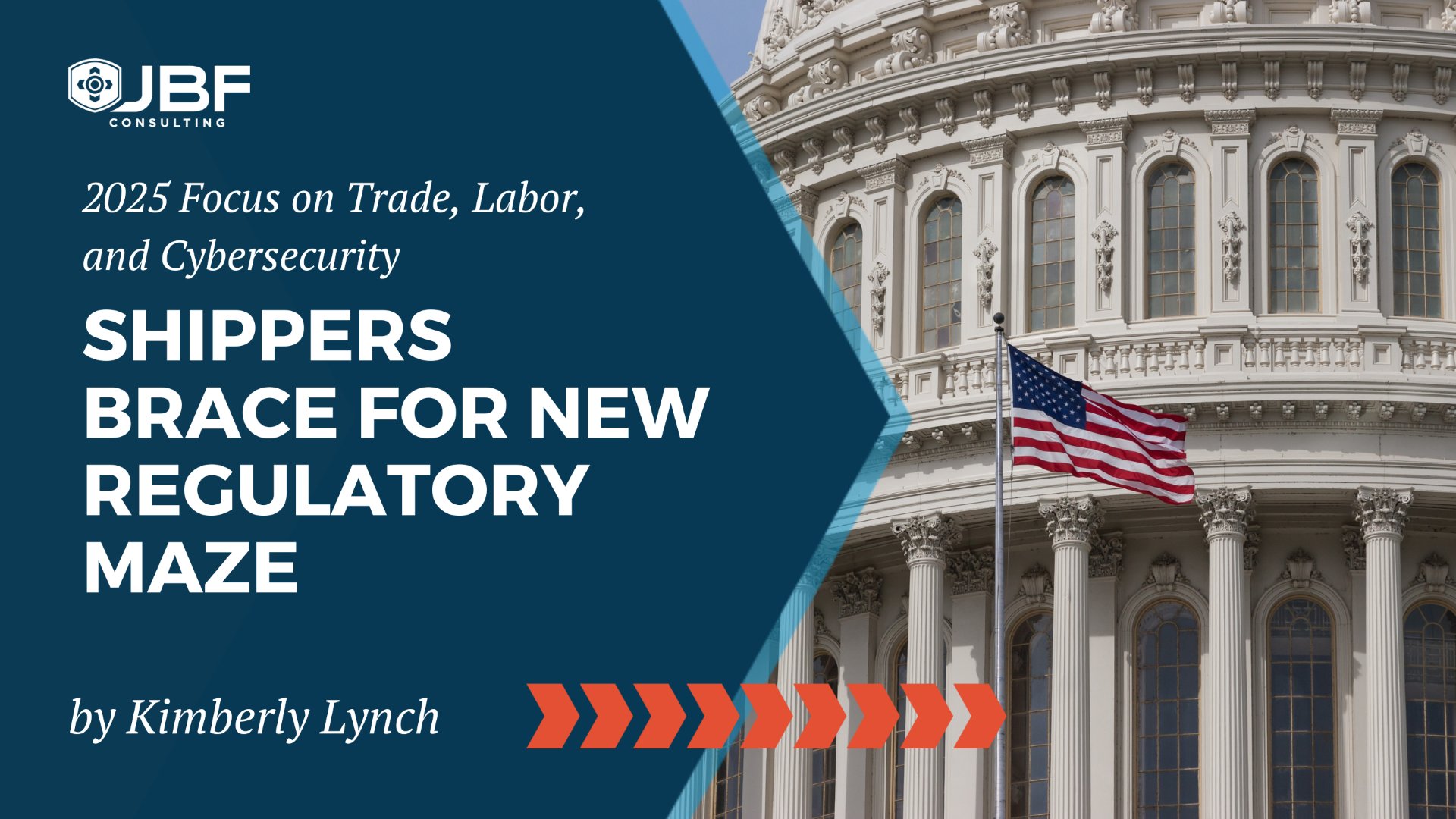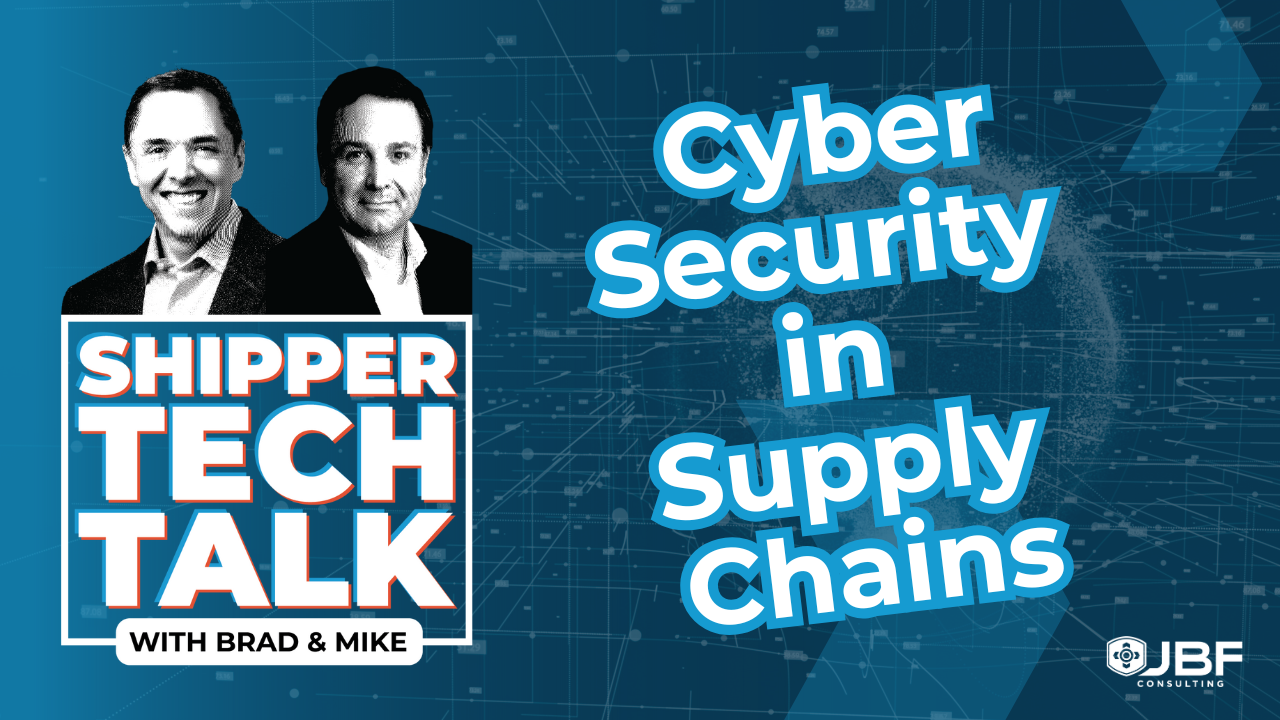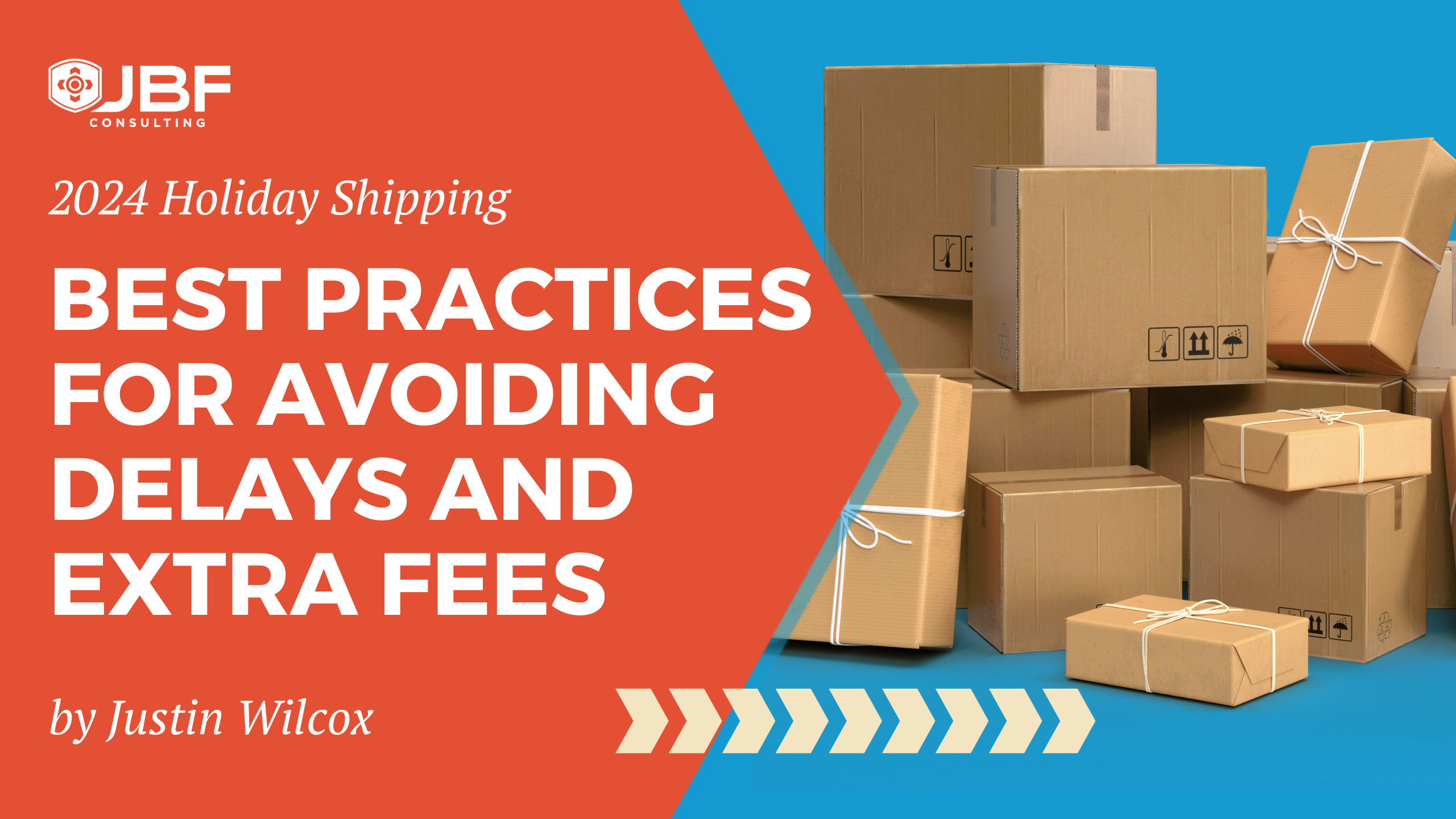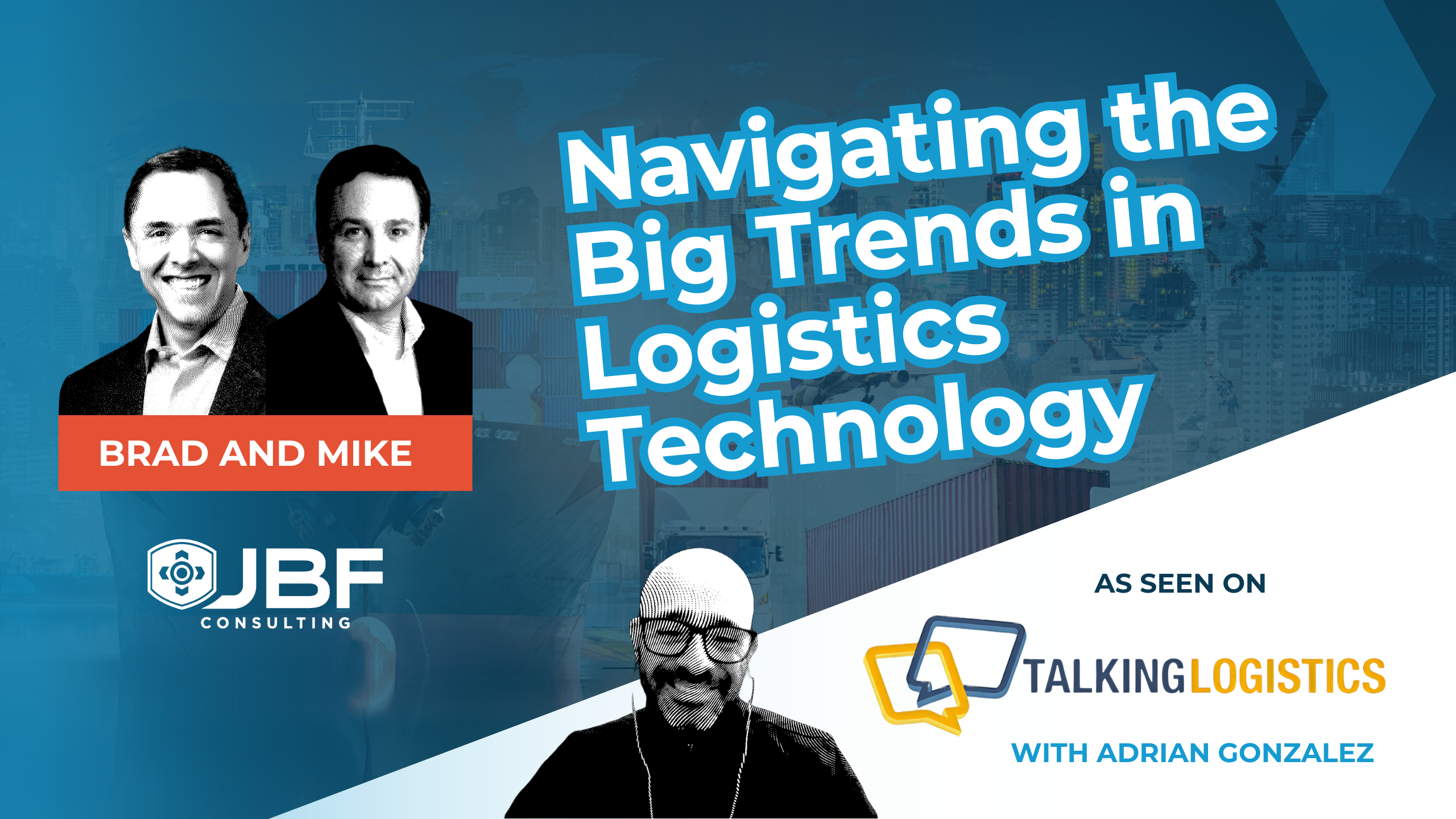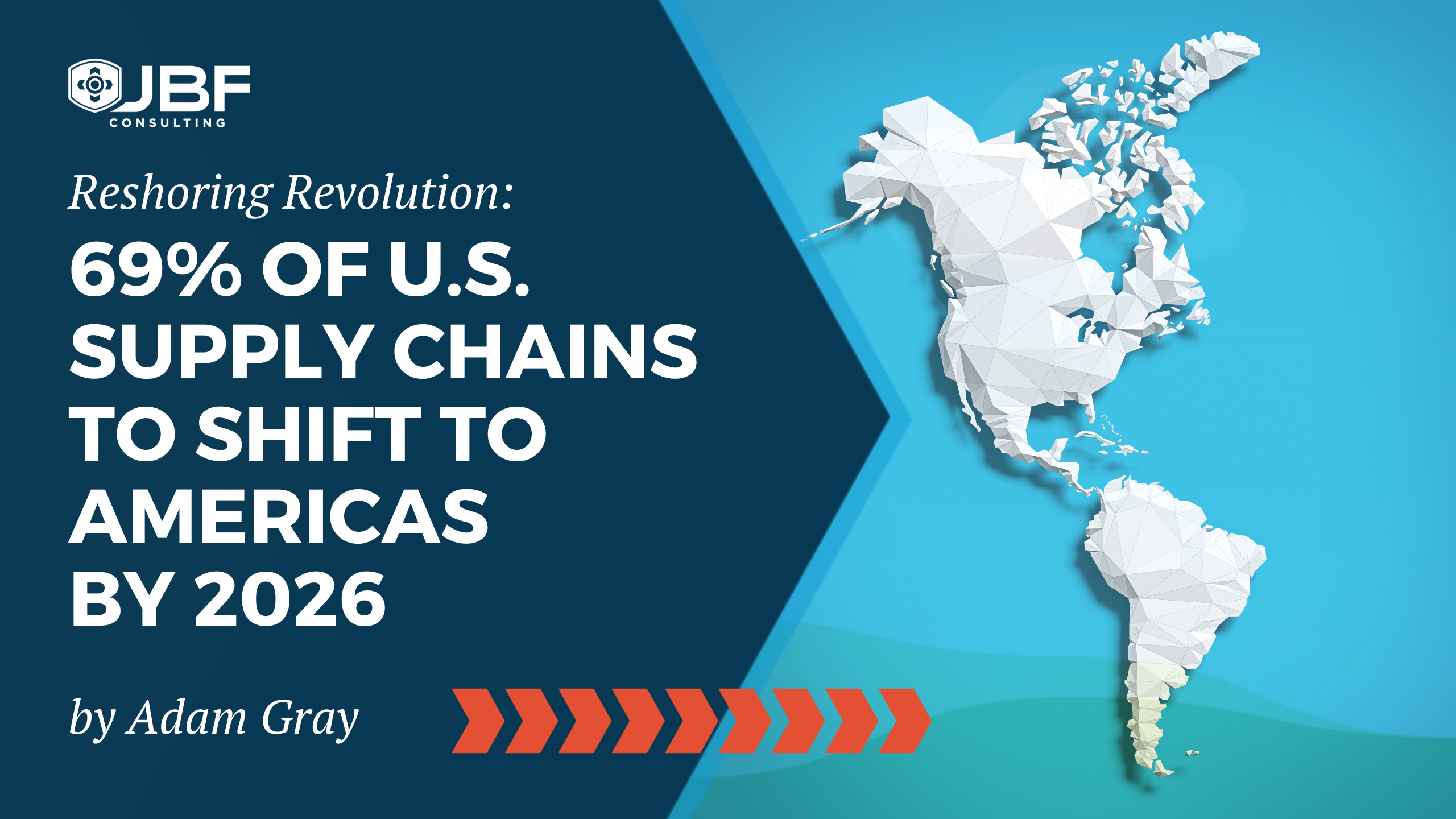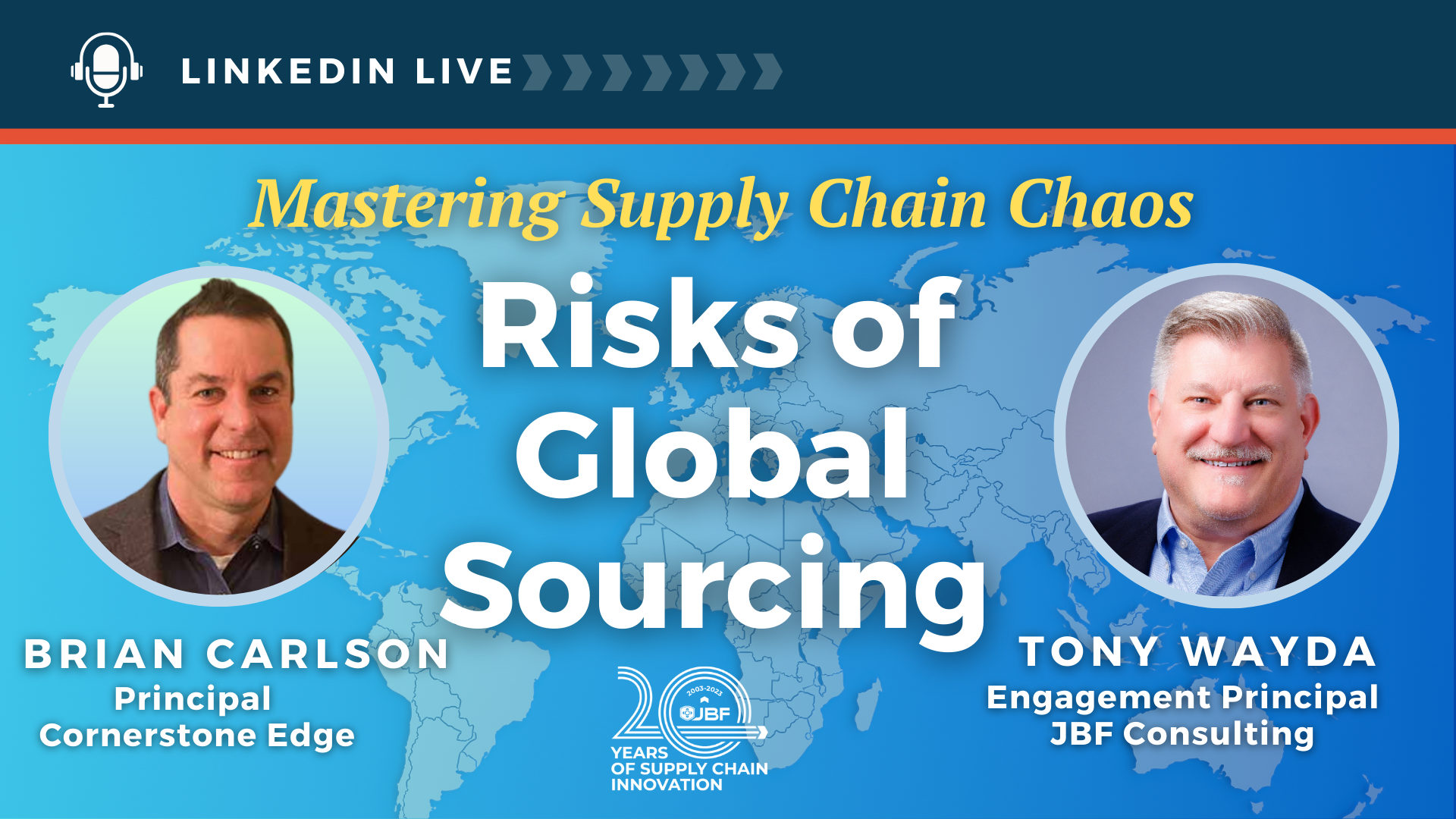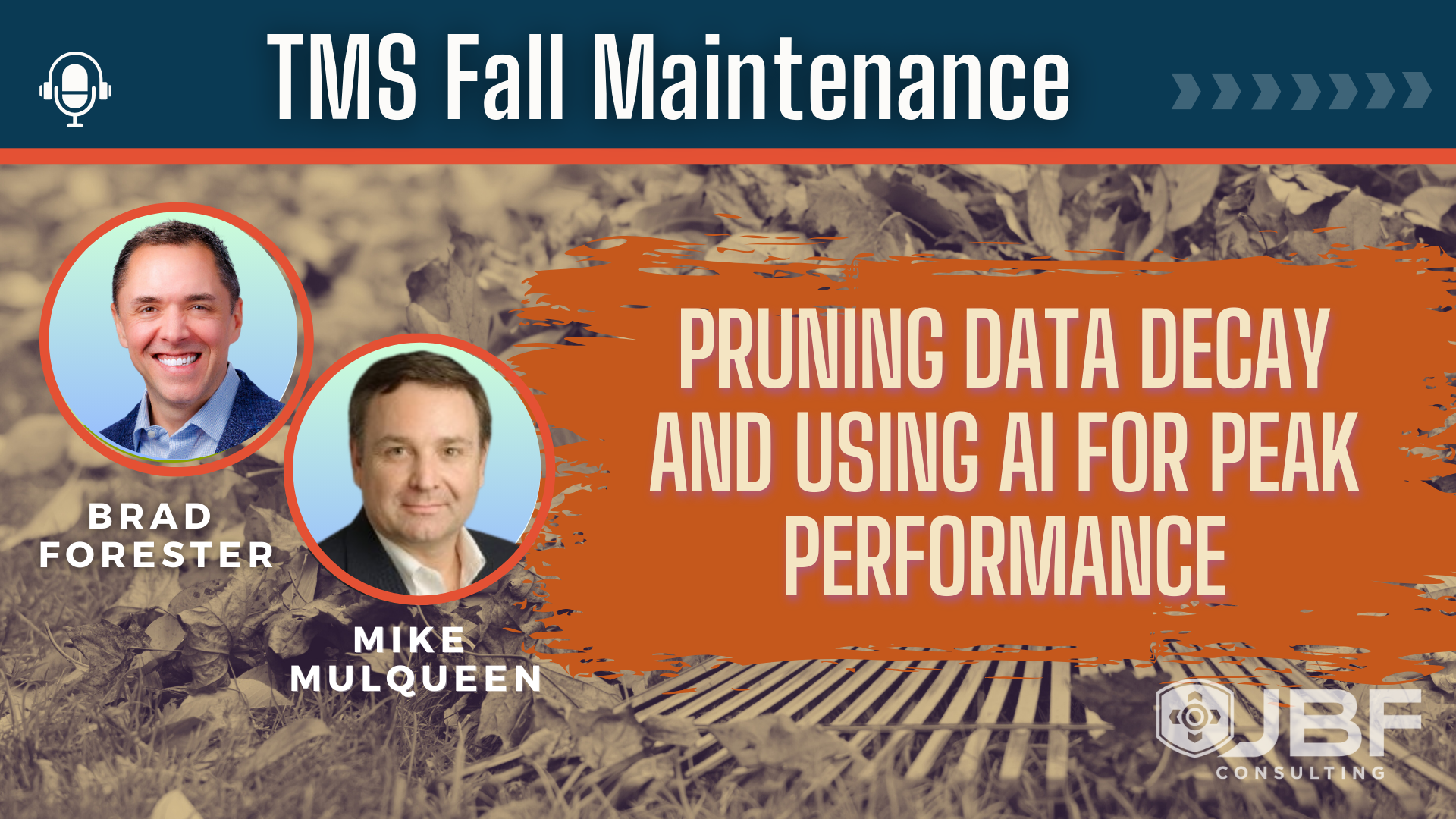With rates rebounding and carrier reliability stretched thin, more shippers are asking: Should we take control with a private fleet? Chris Dorsen and Adam Gray share their insights on the benefits, cost structures, and tactical use cases of shipper-owned private fleets.
Should Your Freight Transportation Strategy Embrace a Private Fleet?
